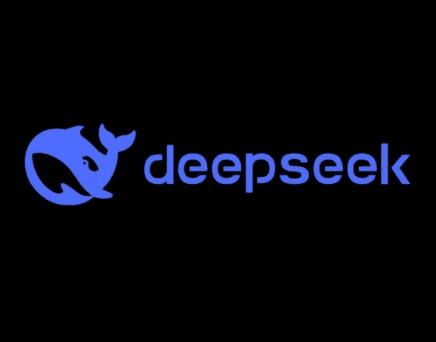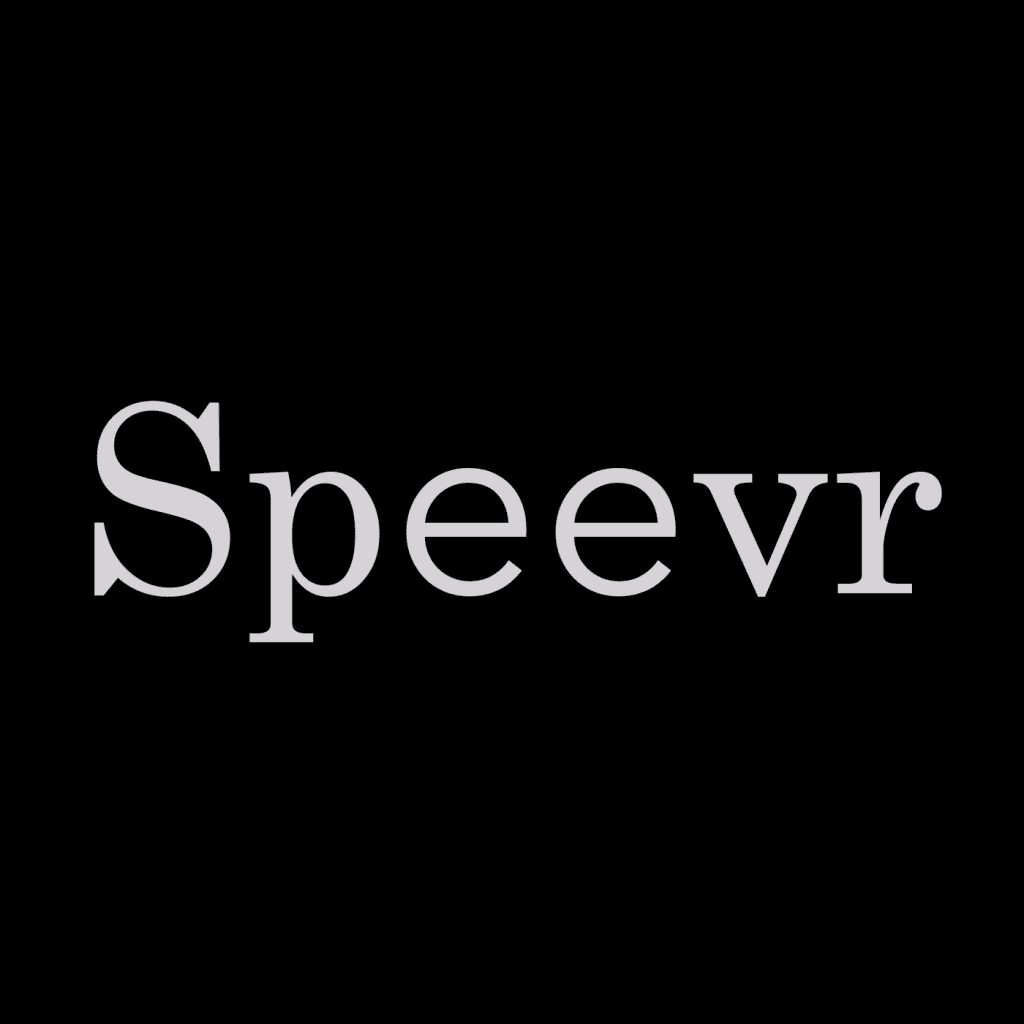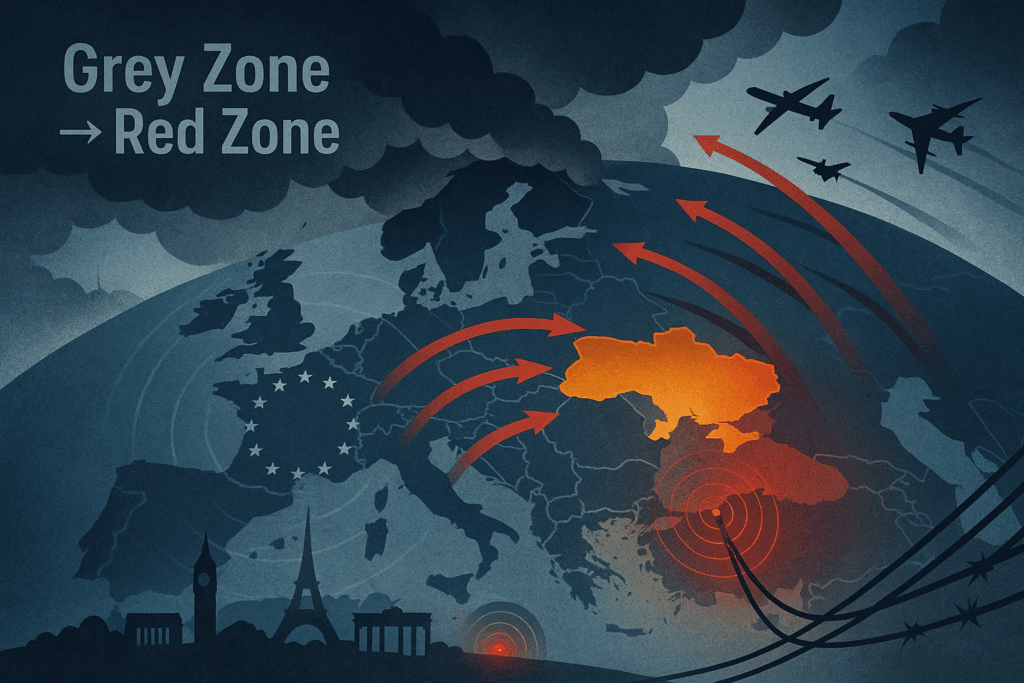“Building Nvidia turned out to have been a million times harder than I expected... If we realized the pain and suffering and how vulnerable you’re going to feel, the challenges that you’re going to endure, the embarrassment and the shame and the list of all the things that go wrong, nobody in their right mind would do it.”
— Jensen Huang
Speevr Intelligence
The Speevr Intelligence daily updates provide in-depth alternative perspectives on key themes and narratives driving financial markets. Our unique collection brings Speevr's exclusive content together with partners' research and analysis.






